FuJing Lighting - Pursue quality and cast high-quality goods.

LED tunnel lights are divided into five main lighting zones: entrance lighting, threshold segment, transition zone, transition zone, and the exit segment. The brightness of the tunnel entrance lighting is determined according to the brightness of the surface outside the tunnel during the day, the driving speed, and the field of view at the tunnel entrance. The luminance of the transition segment is gradually reduced to eliminate the black hole effect and allow the driver to visually dark adapt to the tunnel.
The transition and the interior lighting of tunnels need to be adjusted based on the ambient luminance in the vicinity of the tunnel entrance, the driving speed in the tunnel, and the size of the tunnel. The threshold segment of the tunnel needs to be sufficiently bright to prevent drivers from entering the tunnel when they are still not adapted to the visual darkness. This segment should be followed by a gradual reduction in the tunnel interior lighting to avoid an overly bright transition and to ensure a uniform transition to the exit.
Another important factor in a good LED tunnel light is the ability to minimize the stroboscopic effect. The stroboscopic effect occurs when the changing light and dark sequences cause the driver to see flickering shadows or images. This can cause a great deal of discomfort to the driver and should be avoided if possible. The stroboscopic effect is related to the frequency of light and dark changes, the total time of stroboscopic change, and the optical characteristics of the LED tunnel lighting.
Lastly, a good tunnel LED light must be able to dissipate the heat that is generated during the operation of the fixture. Failure to dissipate this heat can result in the rise of the operating temperature of the LED chips, which may lead to premature failure of the chip. This is due to the fact that the high operating temperature accelerates the crystal defect formation in the epitaxial layer structure of the indium gallium nitride (InGaN) LED chips, and also leads to a decrease in the internal quantum efficiency and light extract efficiency.
The LED tunnel light should also be able to resist the effects of moisture and salt fog. This means that the aluminum housing and mounting hardware must be ruggedly constructed and have a corrosion protection rating of at least IP66. The tunnel lights should also be able to handle the high vibration of vehicles traveling at a high speed through the tunnel, which can cause loose solder joints and wires. This can cause a short circuit that could lead to fires in the tunnel.





 English
English 中文简体
中文简体 Español
Español ++86-13818655613
++86-13818655613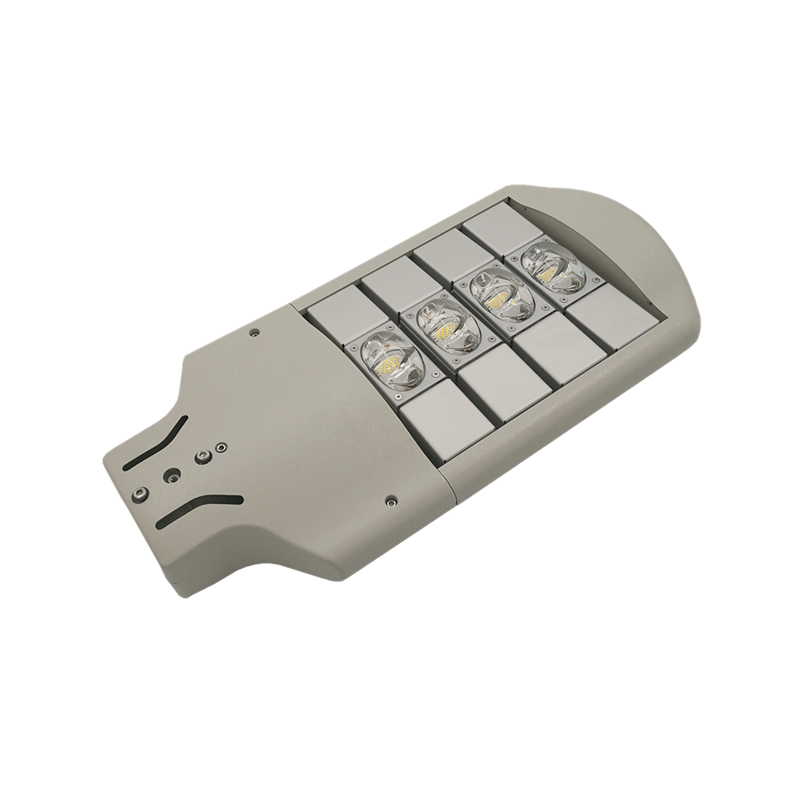

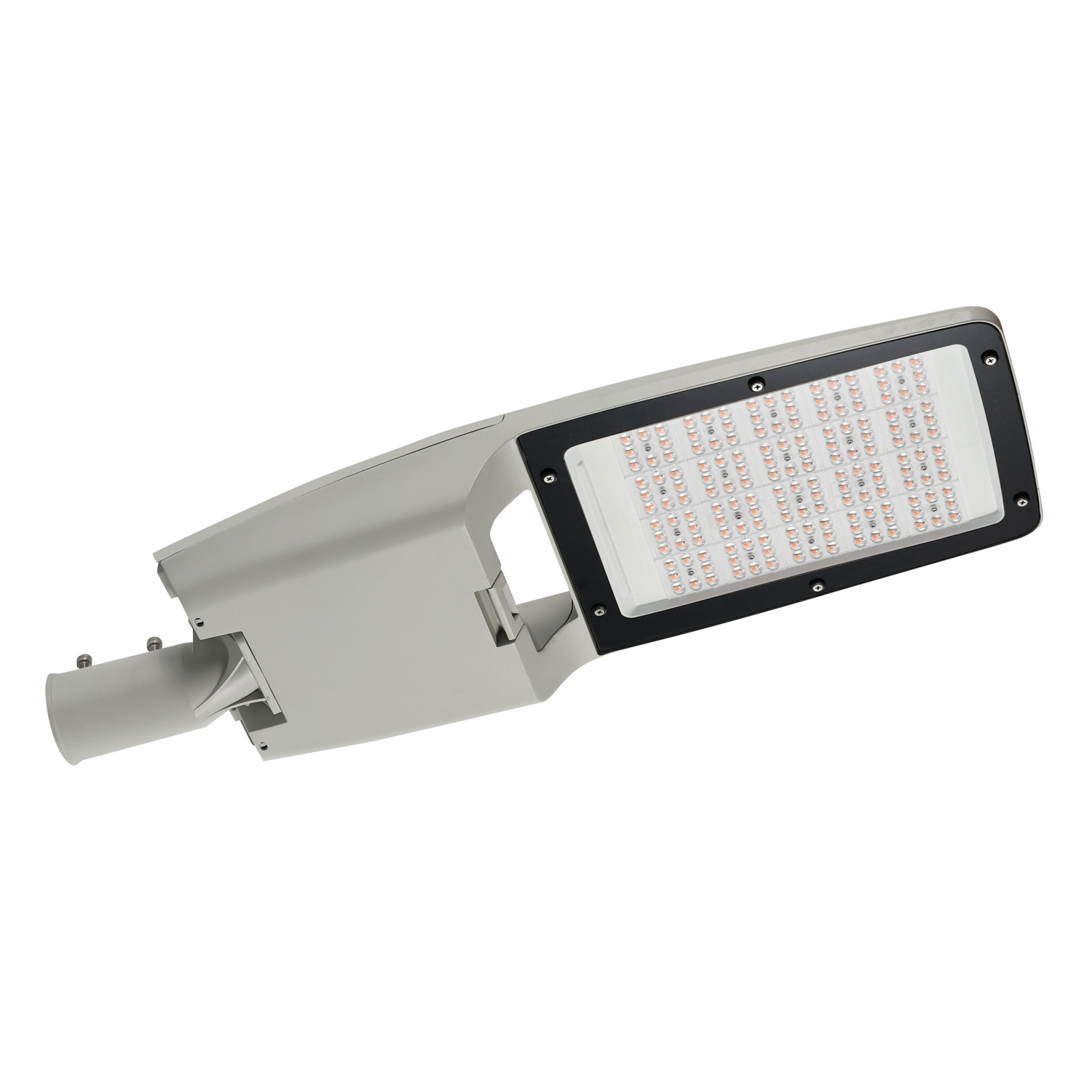


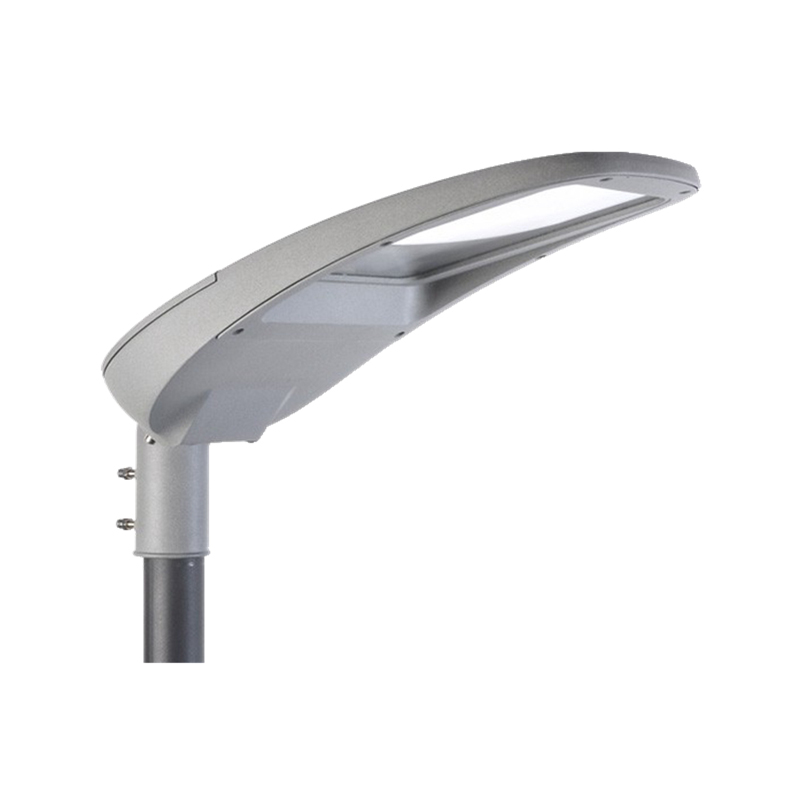
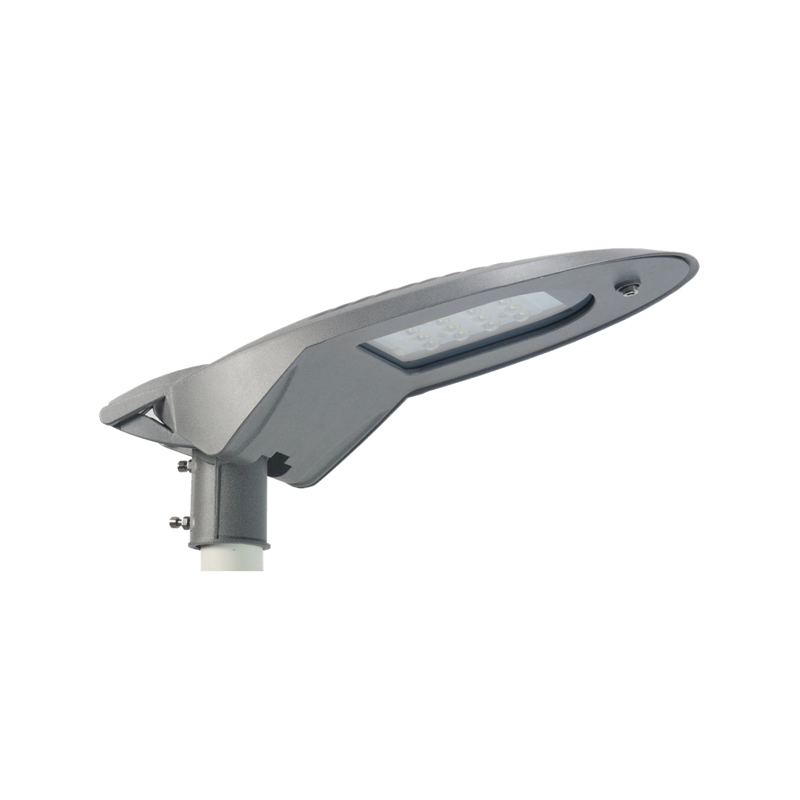
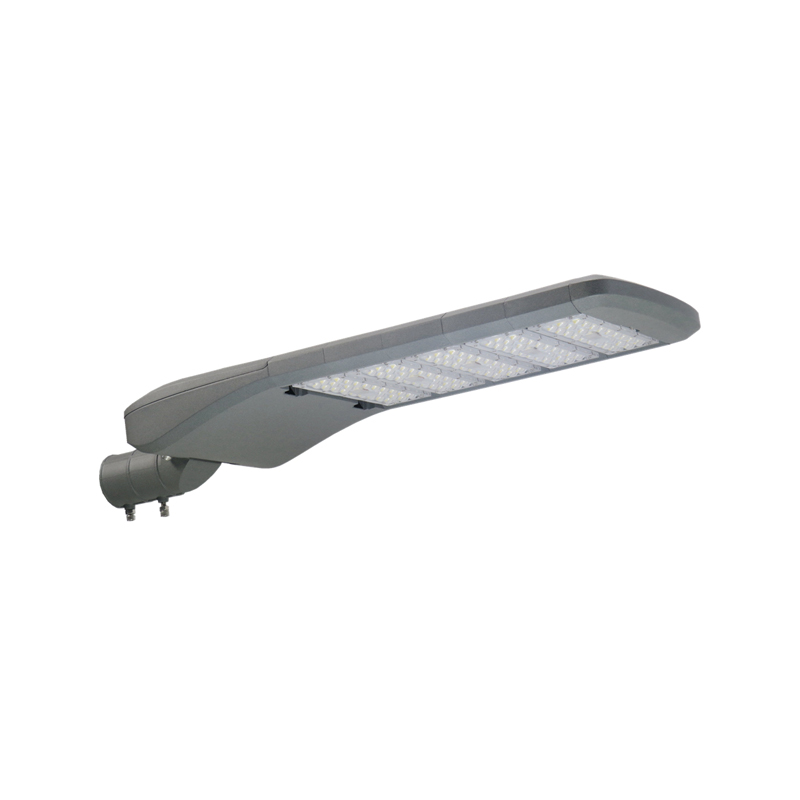
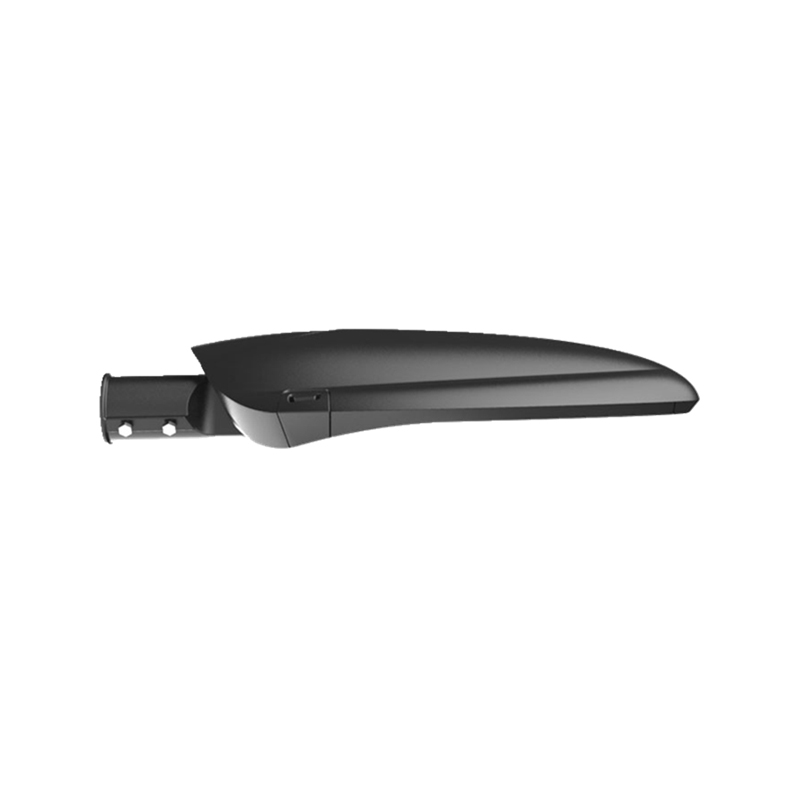











 Contact Us
Contact Us